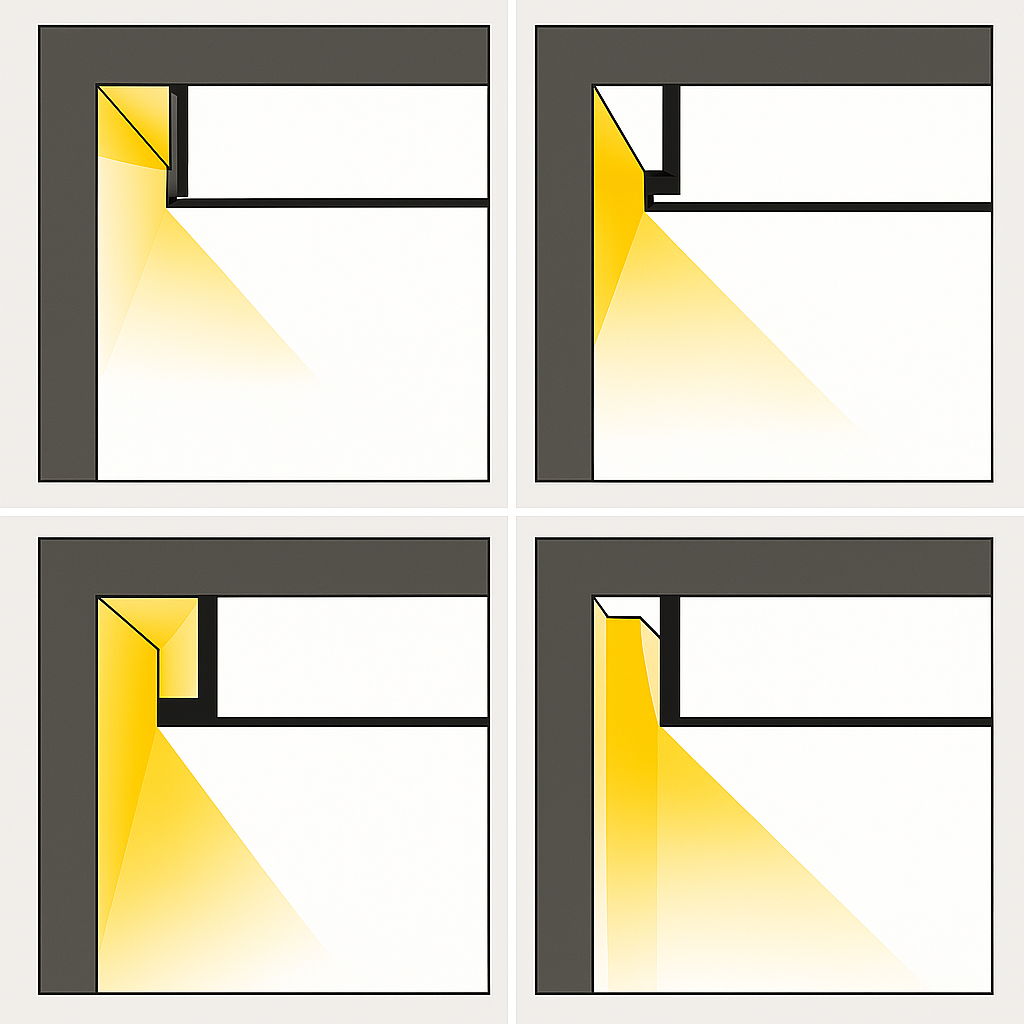Cove lighting․ Just the name sounds elegant, doesn’t it? But beyond the fancy term lies a simple technique that can dramatically transform a space․ Think about it: soft, indirect light washing across your ceiling, creating a warm and inviting ambiance․ It’s not just about illumination; it’s about crafting an atmosphere․ Ready to learn how to bring this touch of sophistication to your own home? Let’s dive in!
Understanding the Basics of Cove Lighting Design
Before we get into the nitty-gritty, let’s cover the fundamental principles of cove lighting․ Essentially, it involves concealing a light source and directing its output upwards, bouncing it off the ceiling and down into the room․ This creates a diffused, even glow that’s easy on the eyes and minimizes harsh shadows․ The key is proper planning and execution․
The Importance of Cove Dimensions in Cove Lighting Design
The size and shape of your cove are crucial for achieving the desired effect․ Too shallow, and you might see the light source directly․ Too deep, and you could lose valuable light output․ Generally, a cove depth of at least 12 inches is recommended, with a height of around 8-12 inches․ But remember, these are just guidelines – experiment to find what works best for your space!
Pro Tip: Consider the color of your ceiling․ Lighter colors will reflect more light, while darker colors will absorb it․ Adjust your light source accordingly!
- Depth: Minimum 12 inches
- Height: 8-12 inches (adjustable based on desired effect)
- Shape: Can be straight, curved, or angled






